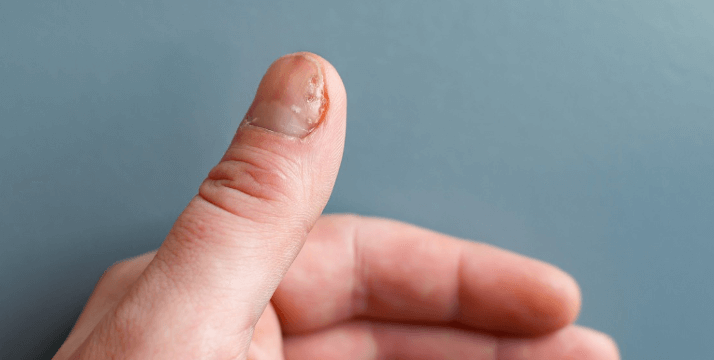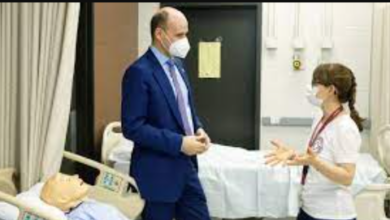Say Goodbye to Fungal Nails: Effective Treatment Solutions

Fungal nail infections, medically known as onychomycosis, can be a persistent and frustrating condition. Characterized by discoloration, thickening, and brittleness of the nails, this common ailment affects millions worldwide. However, advancements in medical science offer hope, with several effective treatment solutions available to effectively treat fungal nails.
Understanding Fungal Nail Infections
Fungal nail infections typically occur when fungi (such as dermatophytes) penetrate the nail bed through tiny cuts or separations between the nail and the nail bed. Factors such as poor foot hygiene, sweaty shoes, walking barefoot in communal areas like swimming pools or gym showers, and pre-existing conditions like diabetes can increase susceptibility to these infections.
Treatment Solutions
While fungal nail infections can be stubborn, several treatment options have proven effective in combating them:
Topical Antifungal Medications: Over-the-counter antifungal creams, lotions, or nail lacquers are often the first line of defense against mild to moderate fungal nail infections. These medications work by directly targeting the fungus on the nail surface.
Oral Antifungal Medications: For more severe cases or when topical treatments fail, oral antifungal medications may be prescribed. These medications, such as terbinafine or itraconazole, are taken daily for several weeks to months, depending on the severity of the infection. Oral antifungals are absorbed into the bloodstream, allowing them to reach the site of infection more effectively.
Laser Therapy: Laser treatment is a relatively newer approach to treating fungal nail infections. It involves directing high-intensity laser light onto the infected nail, which penetrates the nail and kills the underlying fungus without harming the surrounding tissue. While more research is needed to establish its long-term efficacy, laser therapy shows promising results in clinical studies.
Read also How to Become a Content Creator: Exploring Niches, Platforms, and Professional Support
Surgical Intervention: In rare cases where the infection is particularly severe or causing significant pain or discomfort, surgical removal of the infected nail may be necessary. This allows for direct application of antifungal medications to the nail bed and promotes the growth of a healthy nail.
Home Remedies and Preventive Measures: In addition to medical treatments, certain home remedies and preventive measures can complement the treatment of fungal nail infections. These include keeping the feet clean and dry, wearing clean socks and shoes, avoiding walking barefoot in public areas, and using antifungal powders or sprays in shoes.
Conclusion
Fungal nail infections can be both unsightly and uncomfortable, but they are not untreatable. With the array of treatment options available today, individuals suffering from fungal nails can find relief and restore the health and appearance of their nails. However, it’s essential to consult a healthcare professional for an accurate diagnosis and personalized treatment plan tailored to individual needs. By taking proactive measures and seeking appropriate treatment, saying goodbye to fungal nails is within reach.





